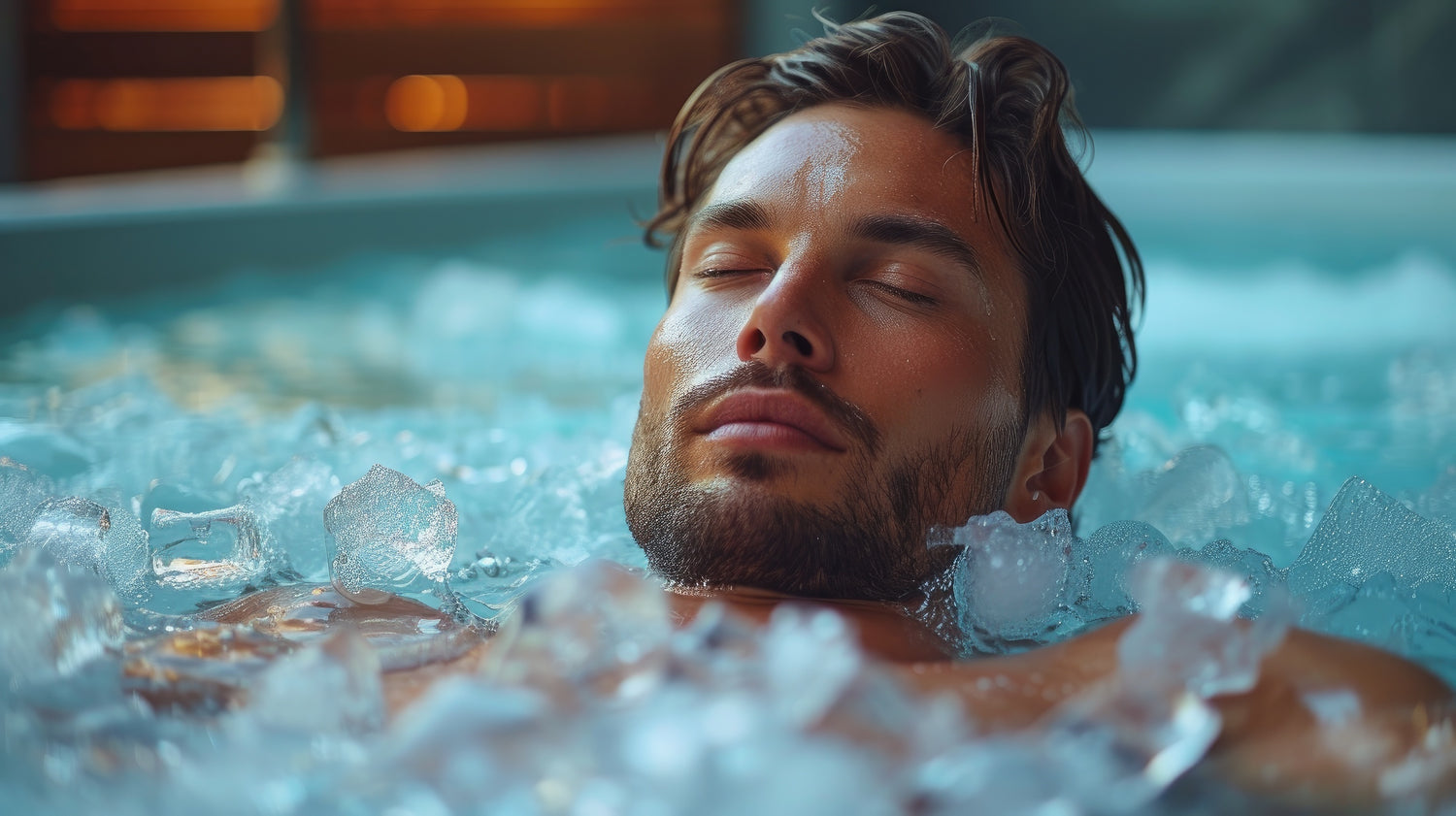The Biological Response to Cold:
When you immerse yourself in cold water, your body undergoes a series of physiological changes. Initially, there's the shock of cold – your heart rate increases, and your blood vessels constrict, which is known as vasoconstriction. This reaction might seem like stress, but it's part of the body's natural adaptation process. Here's what happens next:
Cortisol Reduction: Cold exposure has been shown to lower cortisol levels over time. Cortisol, known as the stress hormone, when chronically elevated, can lead to numerous health issues including anxiety and depression.
Endorphin Release: The body releases endorphins to combat the cold, which naturally elevates your mood and provides a sense of euphoria, often described as a "runner's high" but without the running.
Parasympathetic Activation: After the initial shock, your body shifts to the parasympathetic nervous system, promoting relaxation, reducing heart rate, and calming your system down, much like what happens after meditation or deep breathing exercises.
Mental Health Benefits:
Anxiety Reduction: Regular cold exposure can decrease symptoms of anxiety by helping to regulate your body's stress response.
Depression: Some studies suggest that cold therapy can be beneficial for those suffering from mild to moderate depression, potentially due to the combination of endorphin release and cortisol reduction.
Improved Mood: The immediate boost in alertness and mood can set a positive tone for the day, making it easier to handle stress.
Integrating Cold Plunging into Your Daily Routine:
Morning Plunge: Starting your day with a cold plunge can energize you, reduce morning anxiety, and set a positive mood for the day.
Post-Work Ritual: Use a cold plunge as a way to decompress after a stressful day at work. It can serve as a transition ritual, signaling to your body and mind that work is over, and it's time to relax.
Breathing Techniques: Pair your plunge with controlled breathing to enhance the relaxation effect, focusing on deep, slow breaths to activate that parasympathetic response.
Practical Tips for Cold Plunging at Home:
Start with short durations (30 seconds to 2 minutes) and gradually increase as you get accustomed to the cold.
Ensure you have a warm environment to recover in after the plunge to avoid hypothermia.
Always listen to your body; if you feel overly stressed or panicked, exit the plunge.
Know Your Archetype.

Conclusion
Cold plunging with HomePlunge isn't just about physical recovery; it's a powerful ally in your mental health arsenal. By incorporating this practice into your daily life, you're not just cooling down your body but also calming your mind. Give it a try, and feel the stress melt away as you emerge from your plunge, refreshed and ready to tackle whatever comes next.
